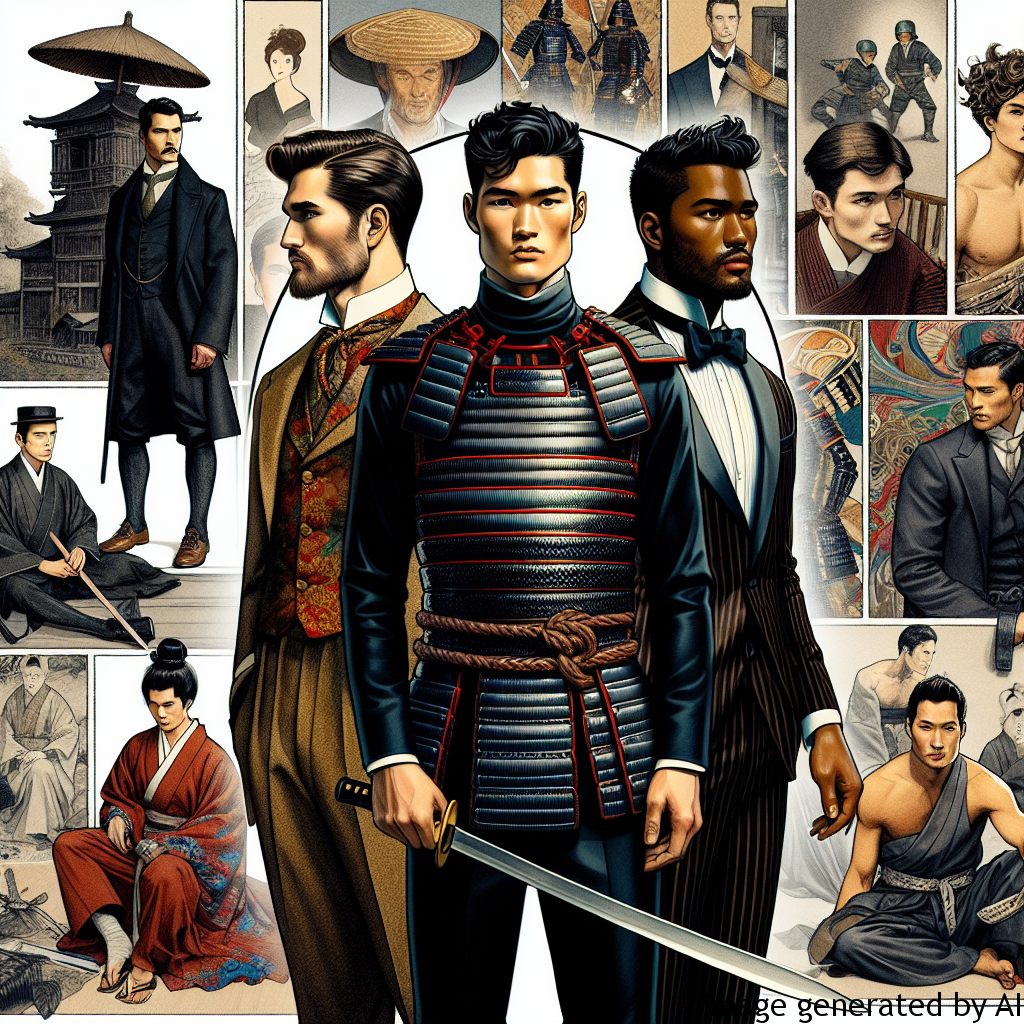Introduction
Men’s fashion is truly a statement of self-expression and individuality as it shapes how they are perceived by others, including their sexual appeal. What a man chooses to wear can have a profound effect on how he is seen and can dramatically enhance or detract from his attractiveness. This article explores the impact of men’s fashion on their sexual image and the systemic gendered expectations that directly influence men’s psychological health.
Description of Gender Expectations and Their Impact on Men’s Psychological Health
The societal norms and expectations placed on men often dictate their fashion choices. These gender roles compel men to look a certain way to appear more attractive, masculine, and dominant. Failure to meet these traditional masculine standards can negatively affect a man’s self-esteem and psychological well-being. This can lead to anxiety, depression, body dysmorphic disorder, and other mental health issues.
The Pressure to Conform
Men feel immense pressure to embody stereotypical masculine traits physically, such as broad shoulders, a slim waist, and defined musculature. They often believe that they must adhere to these expectations to be desirable or attractive to potential partners. This pressure, if not managed healthily, can adversely impact men’s mental and physical health.
Impact on Men’s mental health
This pressure to conform to social norms can lead to conditions such as Body Dysmorphic Disorder (BDD), where a person obsesses over perceived body flaws that are often invisible to others. Similarly, it can also trigger eating disorders and unhealthy exercise practices to achieve the purported ‘masculine’ physique.
Examples of How Gender Roles Can Affect Men’s Lives
Men who feel they don’t measure up to societal appearance standards may experience inferiority complexes, dissatisfaction with their appearances, and even social anxiety. For instance, a man who perceives himself as overweight might resist public situations, fear judgment, and face self-esteem problems. Similarly, the mainstream media’s perpetual portrayal of the ideal ‘muscular man’ has pressured many men into over-exercising or using dangerous substances like steroids to achieve that body image.
Advice on Improving Psychological Health Considering Gender Roles
While certain societal norms pressure men to look a certain way, it is crucial for mental health to challenge these societal expectations. Seeking professional help, like counseling or therapy, can provide strategies to cope with these pressures. Moreover, conscious media consumption and understanding that digitally altered bodies or idealistic portrayals are often unrealistic can help diminish these pressures.
Engaging in regular physical activity not for the sake of fitting into a societal norm, but for personal enjoyment and health benefits, can boost self-esteem and body image. Regular exercise can be a productive outlet for stress and contribute to improved mental health. Engaging with communities and having open conversations about pressures related to appearance can help individuals understand they are not alone in this battle and decrease stigma surrounding body image issues.
Conclusion
Men’s fashion significantly impacts their sexual image and psychological health. Societal expectations often pressure men to present themselves in a way that aligns with traditional masculine norms. However, it is crucial to remember that everyone has a unique body type and style that should be celebrated rather than conformed to societal expectations. Prioritizing mental health, challenging societal norms and expectations, celebrating diversity, and practicing self-love is the way to a healthier and happier life.

